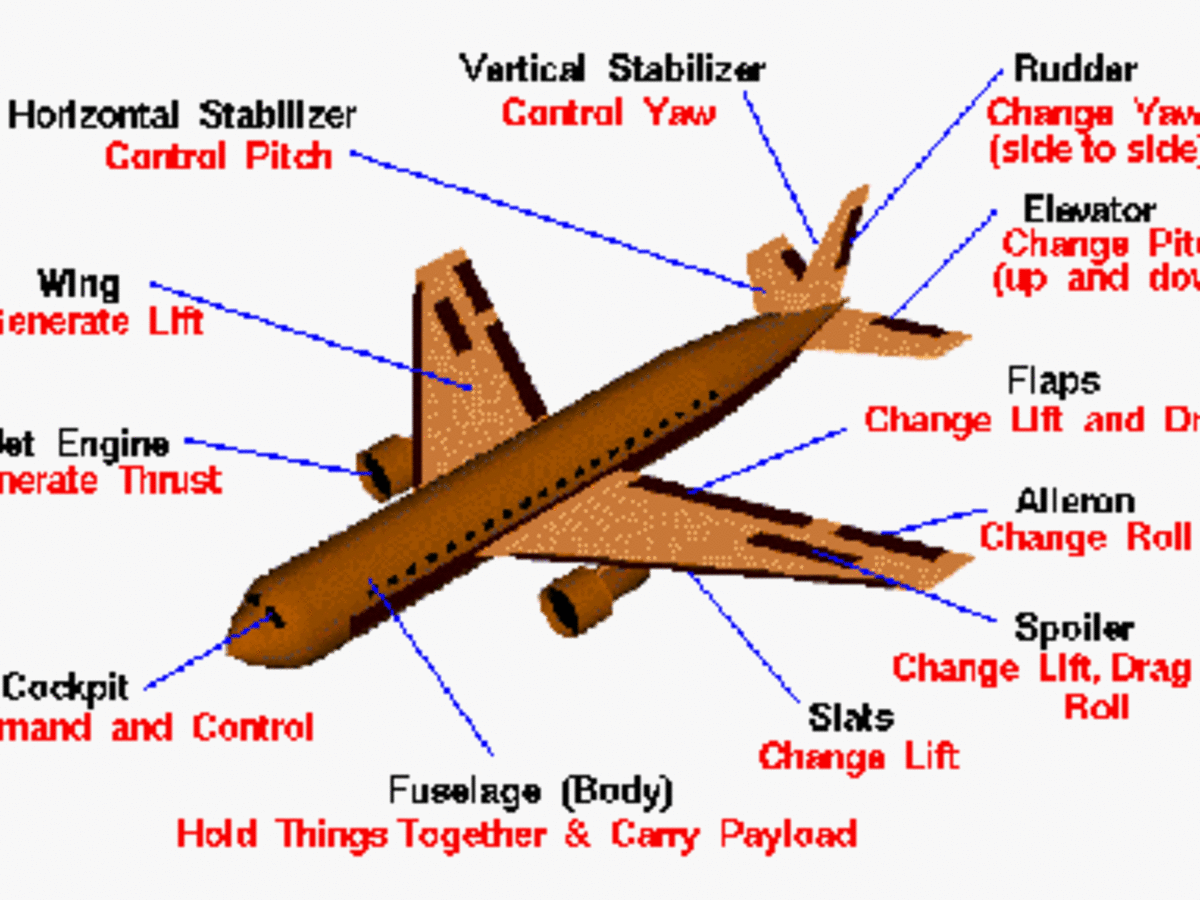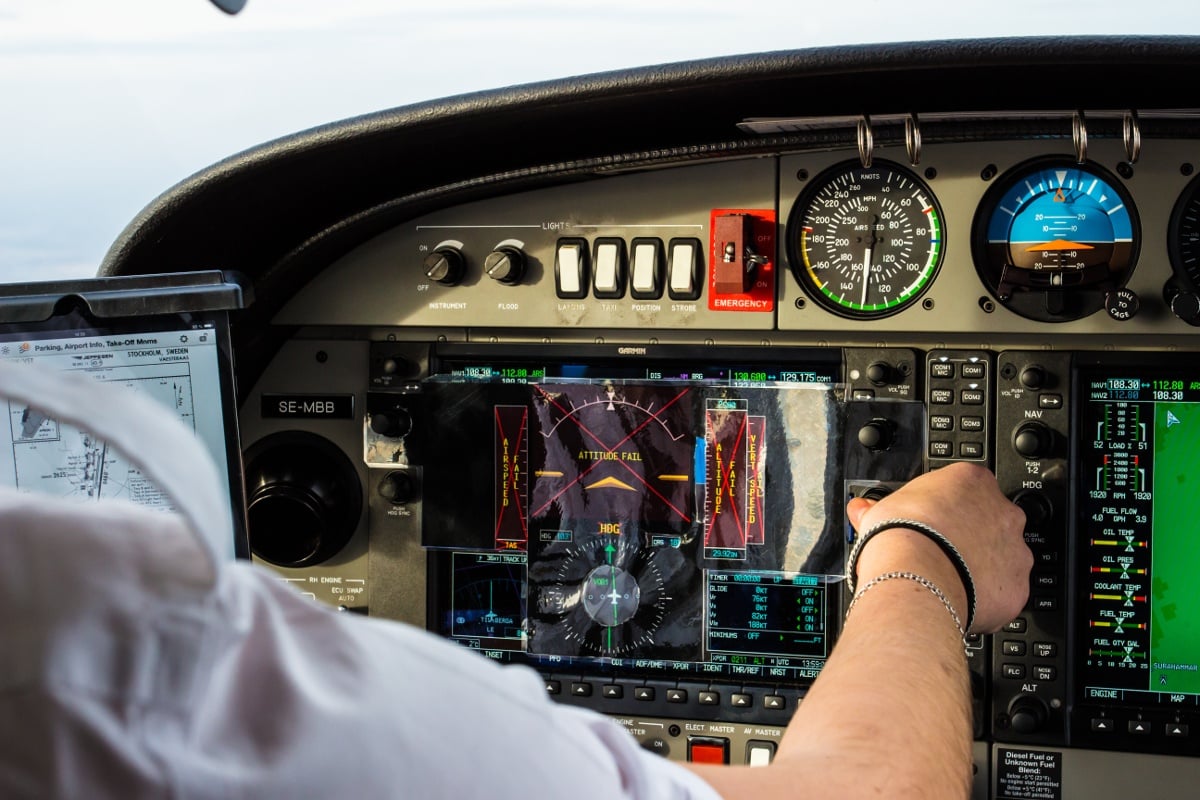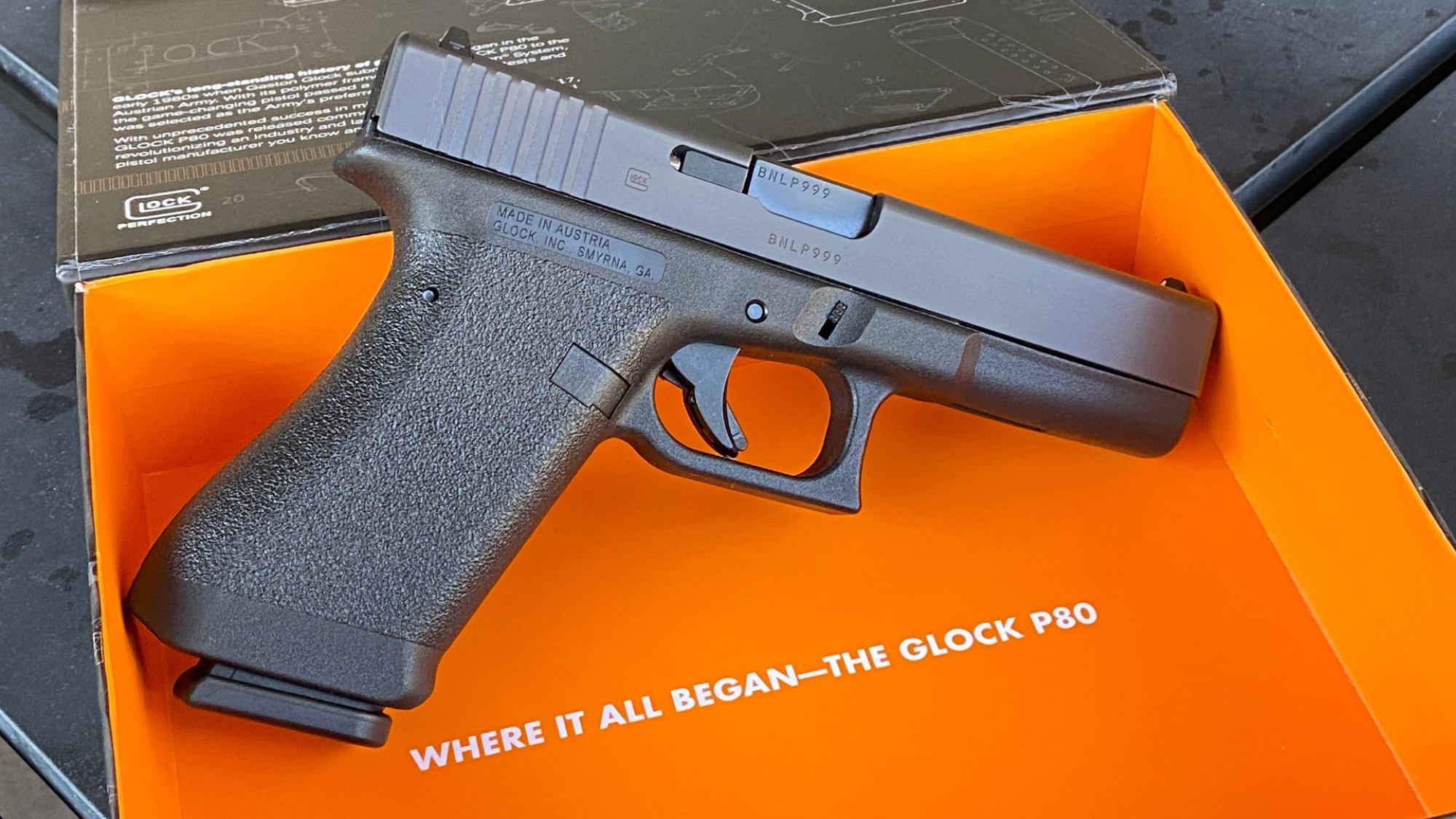Aircraft Controls - This article needs more sources for verification. Please help improve this article by adding links to reliable sources. Unauthorized materials may be inspected and removed. See reference: "Aircraft Flight Control" – JSTOR (June 2010) (Learn how and who removes this sample message)
The aircraft engine control unit provides pilots with a means to control and monitor the aircraft's energy performance. This article describes the controls used with the propeller-driven basic internal combustion engine. Some optional or advanced configurations are described in section d of the article. Jet turbine engines use different operating principles and have their own controller and springs.
Aircraft Controls

In fixed-rotor aircraft, there is no direct control over the speed of the propeller, but rather depends on speed and payload. Therefore, the pilot must pay attention to the RPM and adjust the throttle to maintain a steady speed. For example, when airspeed decreases and payload increases (e.g. when climbing a hill), RPM will decrease and the pilot will have to increase throttle/power. As airspeed increases and payload decreases (e.g. during a dive), RPM will increase and the pilot will have to reduce throttle/power to prevent RPM from exceeding operating limits and damaging the engine. All these devices when combined together form a complete flight control system. The aircraft's control surfaces are flaps that separate the air in flight of the aircraft. An airplane in flight can freely perform three movements of pitch, roll and yaw.
Amazon.com: Poster Foundry Private Aircraft Jet Air Plane Cockpit High Detail Instruments Airplane Controls Photo Matted Framed Art Wall Decor 26x20: Posters & Prints
The vertical line passing through the center of gravity of the aircraft is the vertical axis. Horizontal movement of the aircraft around
The lift is located on each side of the tail plane on the rear edge of the horizontal stabilizer. When the pilot moves the control stick forward or backward, together they move up or down. To get the plane up, the pilot pulled the fishing rod backwards and performed
To improve. The raised lift reduces lift and increases resistance to the airflow above the tail of the aircraft causing the tail to go down and the nose of the plane to move up. When the nose of the plane is up for take-off position
And leads to increased lift for the aircraft. On the other hand, for the pilot to land, the pilot moves the elevators up causing the tail of the plane to go up and as a result, the nose of the plane is down. This seascape is similar to the movement between the nose and tail of an airplane around its rear axle
Flight Controls And Autopilots
Called pitching. So the lift is used to raise the plane up or down and make it go up or down.
Located on the outer edge of each posterior edge of the wing. They rotate into each other as the air on the right moves up and the air on the left moves down. As the propeller goes up, lift on that side of the wing increases, and as the propeller goes up, lift on the opposite side decreases. To turn the plane to the right, the pilot moves the joystick to the right. Right A
Turning up reduces lift on the right side and causes the right wing to fly low. The opposite happens on the left side, where the plane turns down to increase lift and cause the left wing to fly higher, helping the plane roll to the right. Likewise, when the stick moves to the left, the left wing goes down and the right wing goes up. This rotation of the aircraft on its longitudinal axis is called the rolling or slope of the aircraft. Therefore, Ailerons are used to roll or turn the aircraft left or right.

The rudder is a single handle bar mounted on the rear edge of the longitudinal stabilizer fin. The rudder moves left or right according to the right or left pedal pushed by the pilot. When the pilot wants to move the nose of the plane to the right, the right pedal is pressed and
Stockholm, Arlanda, Sweden
It turns to the right. Airflow passing through the vertical stabilizer will now push the tail of the aircraft to the left, resulting in the nose of the aircraft shifting to the right. Likewise, when the left pedal is depressed, the nose of the plane will move to the left. This movement on the vertical axis of the aircraft is known as yaw.
In addition to the main flight controller, most aircraft use another controller called a secondary controller. The flaps, flaps, flaps, flaps and speed breakers mounted on the wings of an aircraft are thought to be secondary flight controls.
Flaps are aircraft wing configurations mounted on the inside of each rear edge of the wing. They are hydraulically operated to stretch or retract. As the flaps descend about 12 degrees, the camber of the aircraft increases and causes more lift during takeoff. The flaps also produce high drag and lift when they tilt down 30 degrees. This helps the aircraft to land more smoothly and also reduces the landing distance. There are different types of caps such as slotted caps, Fowler caps, plain caps, split caps etc. Fowler-style flaps are commonly used at major airports.
The rods are installed on the main side of the wing. Reducing the rear flap and extending the flap forward increases the overall area of the wing and also changes the overall shape of the wing with respect to the fins and flaps. This condition creates an elevated lift during take-off. The flaps can be fixed or retracted, but the flaps on the rear edge of the wing are compensated allowing for minimal drag when the aircraft is in normal cruising.
What Classes Of Aircraft Require Hydraulic Flight Controls?
You'll also notice during flight that the small metal plates occasionally bounce off the surface of the wings and return to their hidden sleeping positions. These are spoilers, they actually reduce the speed of the plane and regulate lift during flight by creating more drag on the wings. During landing, they are fully extended upwards to keep the wings facing downwards under the lift generated by the fully extended flaps.
On the rear edge of the plane, the lift and rudder are a small surface area. Sometimes they are only found on rudders or elevators. Trim tabs are moved to face the main control they are attached to. Small adjustments to the aircraft's attitude during flight can be made using these trimmers instead of changing the settings of the main controls. Conventional hoses are useful for pilots taking part in long flights, and they are considered a labor-saving control.
Are simple control surfaces used to increase drag during landing. They are usually placed on the surface of the wing or the sides of the fuselage. Hydraulic actuators move them out of hiding into the air stream to act like an air brake.

Hi Johnd537, thanks for your comment, I will be writing all about the plants that power the deck for flight soon. Read my other blogs on the subject. Thank you again We and our partners use cookies to store and/or access information on the device. We and our partners use data for Personalized content and advertising, content advertising and measurement, audience understanding, and product development. An example of processed data might be a unique identifier stored in a cookie. Some of our partners may process your data as part of their legitimate business interests without asking for permission. Use the provider list link below to find out what purposes they believe have a legitimate interest in or object to this data processing. The submitted consent will only be used to process data originating from this website. If you wish to change your settings or withdraw your consent at any time, the link to do so is contained in our privacy policy which is accessible from our homepage.
Flight Control Actuation
The main controls are the rudder, lift and rudder, which provide the aerodynamic forces to keep the aircraft on the desired flight path. [Image] Flight control surfaces are hinged or movable wings designed to change the state of the aircraft by changing the air on the plane's surface during flight. These surfaces are used to move the plane along its three axes.
Typically, aircraft and elevators are operated from the flight deck via joysticks, wheels and indicators and, on some newer design aircraft, joysticks. The rudder is normally operated by the foot pedal on most aircraft. Side control is the tilting or rolling motion of the aircraft controlled by the aircraft. Vertical control is the movement or pitch of the aircraft that is controlled by the elevator. Direction control is the left and right movement or yaw of the aircraft controlled by the steering wheel.
Basic aircraft controls, light aircraft controls, primary controls of aircraft, aircraft cockpit controls, aircraft controls engineering, pc aircraft controls, aircraft throttle controls, aircraft primary flight controls, wac aircraft controls, aircraft simulator controls, aircraft engine controls, aircraft flight controls

